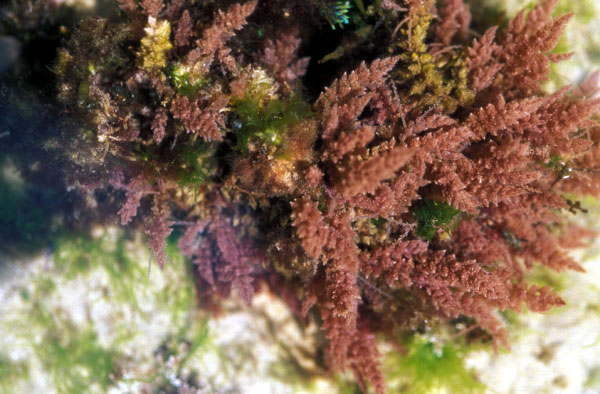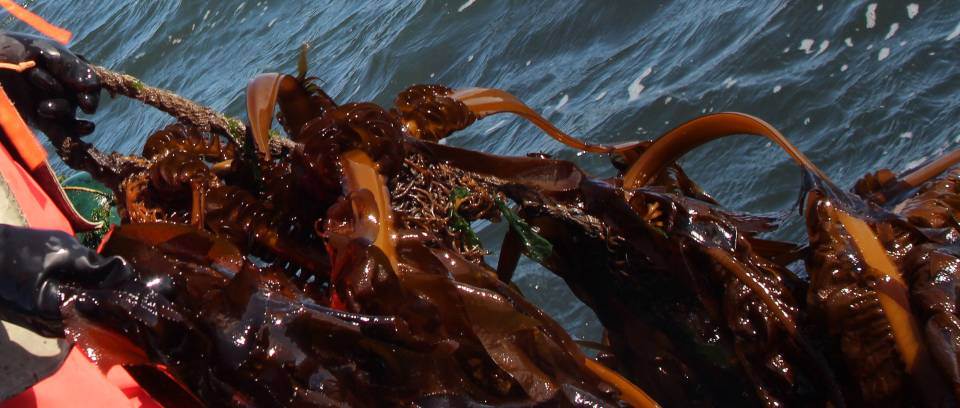There is an urgent need for diversifying livelihoodof low-income artisanal fishermen due to rapidly dwindlingfishery resources. CSIR-Central Salt and Marine ChemicalsResearch Institute takes pride in being first for pioneeringKappaphycus alvareziicultivation, heralding an era of com-mercial seaweed farming in India. The invention of liquefyingfresh seaweed biomass to obtain two products in an integratedmanner, one being a granular residue rich inκ-carrageenanand the other being sap rich in potash and micronutrients(ca. 2 %w/v), with proven efficacy has provided a boost tocommercial farming. The production has been substantiallyincreased from 21 dry tonnes in 2001 to 1490 dry tonnes in2013 with concomitant purchase value of <4.5 to 35 Rs kg−1(dry). India is fast emerging as important production center inSoutheast Asia forK. alvareziiproduction with estimated765,000 man-days of employment, having annual turnoverof around Rs 2 billion. At present, commercial farming iscarried out following three techniques, namely floatingbamboo raft, tube net, and longline method of which formertwo are widely practiced. Thecultivation activity is wellestablished in southern state of Tamil Nadu and progressingrapidly to other areas namely Gujarat, Andhra Pradesh, andMaharashtra. The socioeconomic benefits accrued in this pro-ject are overwhelmingly positive, but evidence-based policiesare required for addressing prevailing environmental issues.The steps toward developing value-added products with nicheapplications coupled with biotechnological interventionsaimed at seed production through tissue culture for developingelite germplasm, etc. could further improve the prospects oftaking this project to pan India level. The present review pro-vides a detailed account of developments of commercial farm-ing that has witnessed successful diversification of livelihoodconsistently for the last 10 years.
Digital library
-
-
Seaweed cultivation and processing industries could contribute to sustainable blue growth and the European bioeconomy. This article contributes a case study evaluation of environmental sustainability of preserved brown seaweed Saccharina latissima by means of environmental life cycle assessment of a pilot facility in Sweden. The study accounts for nutrient bioremediation and carbon capture and includes two alternative hatchery processes, a 2-ha longline cultivation, and four alternative preservation methods (hang-drying outdoors, heated air-cabinet drying, ensiling, and freezing). The study found that as a result of carbon capture and nitrogen and phosphorus uptake (bioremediation) by seaweed, more CO2 and PO4 equivalents are (temporarily) absorbed than emitted by the supply chain. The extent of emissions is most affected by preservation methods undertaken. Impact profiles of the supply chain show that the greatest impact shares result from freezing and air-cabinet drying, both the two most energy-intensive processes, followed by the cultivation infrastructure, highlighting strategic optimization opportunities. Hatchery processes, harvesting, and the low-energy ensilage and hang-drying outdoors were found to have relatively small impact shares. These findings presage the environmentally friendliness of seaweed-based products by documenting their potential to mitigate eutrophication and climate change, even when taking a life cycle perspective.
-
The national Seaweed Development Strategic Plan recently adopted by the Tanzanian government calls for expansion of seaweed farming which has proven to be an important income generator for coastal communities and an export earner for the country. The plan calls for the expansion of farming of Kappaphycus alvarezii, locally called cottonii. Although cottonii is the higher priced variety, it is more environmentally sensitive, leading to disease problems and die-offs. The Sustainable Coastal Communities and Ecosystems (SUCCESS) program has piloted a deep-water floating line method of cottonii farming in Mlingotini village of Bagamoyo District to test whether this method can reduce die offs but still be an economically viable option for farmers.
A comparative economic analysis of two different methods for farming cottonii –– the traditional peg and line off-bottom method and the deep-water floating line method –– is presented in this paper. It compares the productivity and economic returns of the two different methods for farming as well as compares the financial returns of buyer-dependent and independent seaweed farmers. The findings and recommendations are that:
The floating line method is economically superior to the traditionally used off-bottom method of farming cottonii and therefore should be promoted. There is a significant difference between the productivity of the off-bottom and floating line plots attributable to the floating line method’s advantage of reducing die-offs that occur using the off-bottom method. The floating line method also creates a seed bank that minimizes the amount of time a farmer spends trying to produce seed after a die-off, therefore; combining floating and off-bottom farms is advantageous. The floating line plots also act as fish-aggregating devices and by using dema traps, seaweed farmers can also harvest a substantial amount of fish.
Independent seaweed farming is economically superior to buyer-dependent farming. However, independent seaweed farming should be promoted with the caveat that independent farmers must raise their own capital to purchase inputs and assume greater risk. Independence is advantageous for both the off-bottom and floating farm method regardless of whether loans are needed or not for initial investments in farming. However, the greater profit potential of independent seaweed farming needs to be weighed against the greater economic risks to farmers that also accompany it.
It is recommended that independent farmers expand their current production of cottonii and that credit be provided for this purpose. Production can be expanded by expanding existing farms or increasing the number of farms. Household farming strategies will be based on time availability and economic comparability of seaweed versus other livelihood options. Expanded production can be catalyzed if farmers have access to loans for capital investment. However, traditional micro-credit lenders such as FINCA require loan payment schedules that are inconsistent with the production and sales cycle of seaweed farming. Alternative microcredit schemes such as savings and credit cooperatives should be considered that can provide loan repayment schemes more consistent with the production and sales cycle of seaweed farming.
Resource management, and in particular, marine zoning, must be integrated with seaweed farming. Stakeholder -based marine zoning of seaweed farming areas is needed to reduce spatial use conflicts with other uses such as tourism and fishing.





